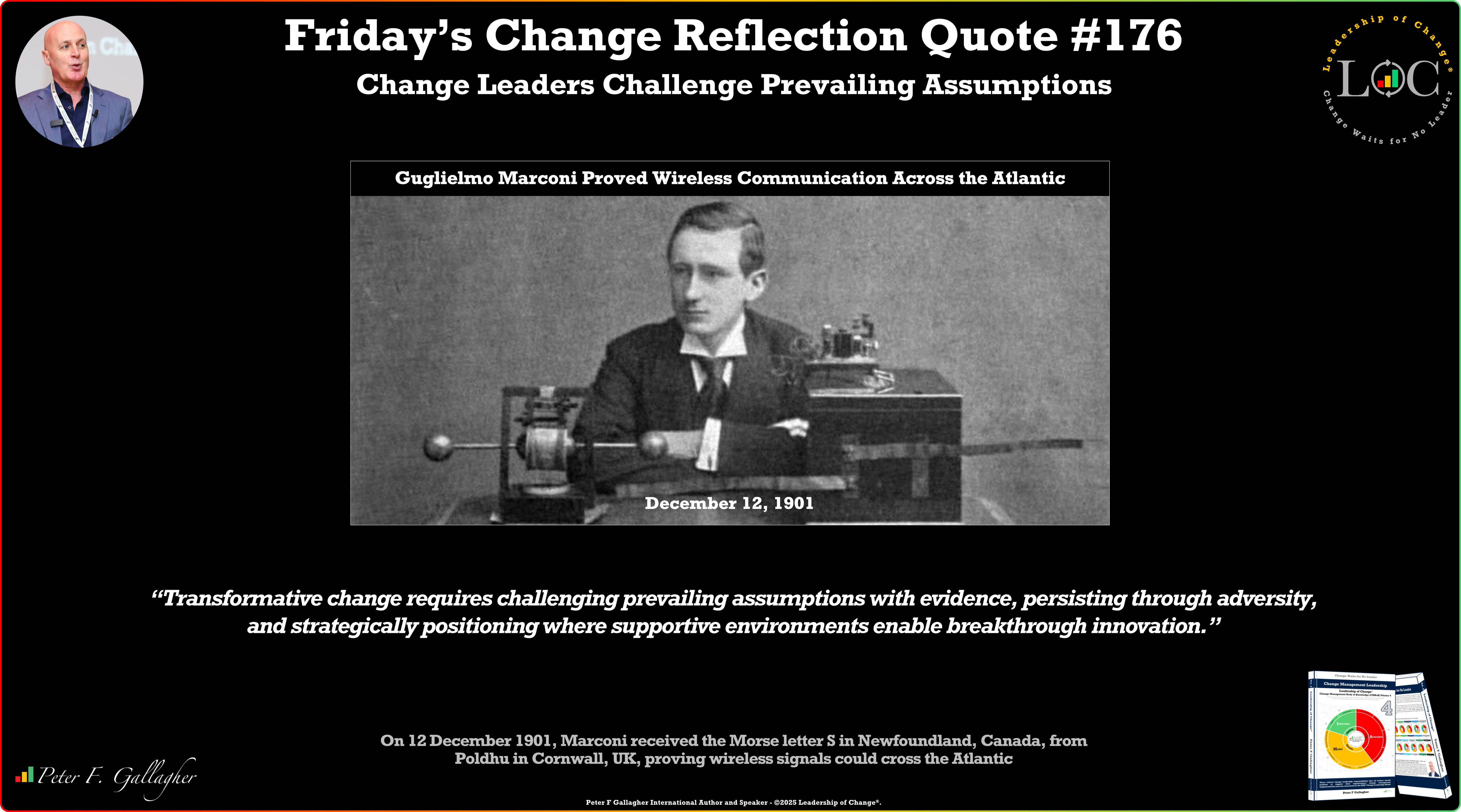Nov20

Access has always been a quiet marker of influence.
Not the formal kind listed on organization charts, but the lived kind, visible in who gets invited, who stays excluded, and whose presence changes the tone of a room.
In the last decade, companies have invested heavily in values, leadership programs, and communication strategies. But very few have audited the most decisive cultural signal of all: who gets access to decision-making spaces.
Access isn’t about hierarchy.
It’s about trust.
It’s about who leaders believe will “add value,” “stay aligned,” or “not slow things down.”
These choices may feel harmless in isolation, but repeated over time, they quietly define what the organization truly rewards.
Every invitation teaches people something.
When the same voices are always in the room, teams learn that familiarity matters more than competence.
When people are added “to keep them informed,” they learn that status matters more than contribution.
When critical contributors are left out until the end, they learn that real decisions happen elsewhere.
Access becomes a curriculum - one that employees study very carefully.
Most leaders don’t intentionally exclude.
But many operate under assumptions shaped by speed, comfort, and habit.
“This person will say yes.”
“This person won’t challenge too much.”
“This person already knows the backstory.”
“This person is easier to work with.”
Over time, these preferences harden into structure.
A small circle forms.
Decision-making speeds up, but decision quality declines.
Not because leaders lack clarity,
but because the room lacks diversity of truth.
When access becomes predictable, organizations unintentionally reward conformity.
People stop questioning decisions because they don’t want to lose their seat.
Others disengage because they know they’ll never get one.
This is how organizations drift from transparency to convenience.
The irony is that most leaders believe their access patterns are neutral.
But access is never neutral.
It is always a signal - loud, structural, and remembered.
Organizations need better access hygiene:
Make the invite list intentional, not habitual.
Add people for expertise, not politics.
Rotate voices to prevent intellectual stagnation.
Let people decline without penalty.
Remove people who are added only for optics.
The room shouldn’t reflect hierarchy.
It should reflect relevance.
You can tell everything about a culture by who is allowed into the room.
Not by titles, but by trust.
Not by hierarchy, but by habit.
If organizations want alignment, speed, and genuine contribution, they must first fix the most overlooked system signal they send:
Access.
Keywords: Leadership, Change Management, Transformation
 Data Isn’t the Problem. Alignment Is.
Data Isn’t the Problem. Alignment Is. Friday’s Change Reflection Quote - Leadership of Change - Change Leaders Challenge Prevailing Assumptions
Friday’s Change Reflection Quote - Leadership of Change - Change Leaders Challenge Prevailing Assumptions The Corix Partners Friday Reading List - December 12, 2025
The Corix Partners Friday Reading List - December 12, 2025 Measuring the True ROI of Automated Claims Processes: Beyond Speed and Cost
Measuring the True ROI of Automated Claims Processes: Beyond Speed and Cost The New Silicon Frontier: Specialization and the Diverse Landscape of AI Chips
The New Silicon Frontier: Specialization and the Diverse Landscape of AI Chips